全部评论: 0条


William Branton在英国拉姆斯盖特这个海滨小镇长大后,学习平面设计,之后成为自由设计师,为Topshop,Urban Outfitters和Paperchase等客户服务。他通过自己的家居和时尚配饰系列,将独特的图形风格应用于平面图案设计。关于设计与自身,William都做了什么分享呢?
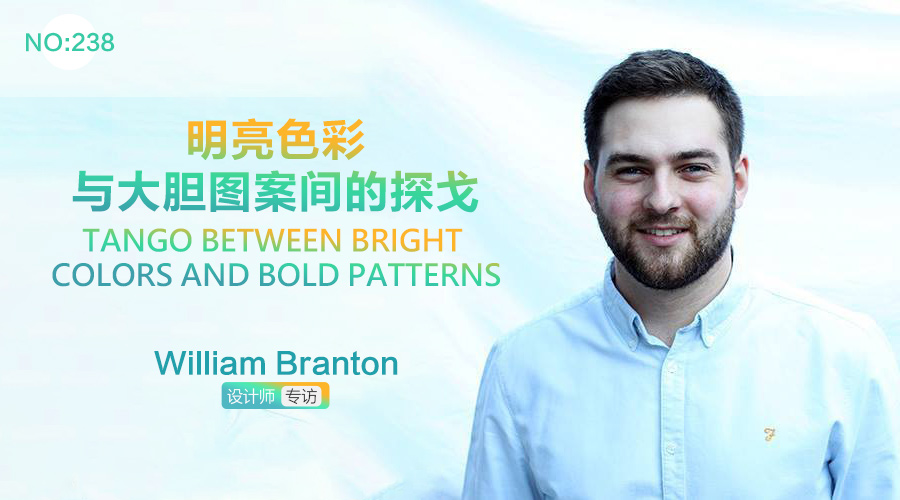
William Branton
Narkii:
在伦敦传媒学院学习平面设计之后,您为何决定专注于纺织品和配饰呢?
Why did you decide to go into textiles and accessories having studied graphic design at the London College of Communication?
William:
我只是在素描和涂鸦间偶然进入了纺织品和图案设计领域。最初,我会花时间为大学项目或者相关项目设计图案。这些作品在网上得到了一些关注,我开始为Ohh Deer这样的公司做授权设计,Ohh Deer是通过Topshop和Urban Outfitters来销售产品的。大学毕业后,我去旅行,也花了一些时间去想我要什么——是做平面,还是尝试纺织品设计?我做了决定,觉得以我的名字去打造一个品牌会是一个有趣的挑战。在处理纺织品或产品设计方面,我的经验有限,所以我必须积极主动地去学习材料和所涉及的工艺。我从先前的项目中学到了一些纸张的丝网印刷知识,并且对印刷过程有一些大概的了解,但是我并没有真正理解面料,所以我有很多东西需要学习!但是我的平面背景以及印刷知识确实帮了不少忙,因为我已经了解了颜色,构图,平衡和视觉传达等许多基础知识。我真的很喜欢设计图案,对我来说这很自然。平面设计是非常短暂的,而图案设计似乎更加永久。
I got into textiles and pattern design by accident, just through sketching and doodling. It started when I would spend time designing patterns around or for my university projects. These got a bit of attention online and I started to complete licensed designs to companies like ‘Ohh Deer’ who sold products through Topshop and Urban Outfitters. Following university, I did a bit of traveling and spent some time working out what I wanted to do – stay with graphics or experiment with textile design. I decided that it would be a fun challenge to build a brand under my name. I had limited experience dealing with textiles or product design so I had to be proactive and teach myself about materials and the processes involved. I had some knowledge of screen-printing on paper from a prior project and had some general understanding of the printing process, but I didn’t really have an understanding of fabrics, so I had a lot to learn! But my graphics background really helped with designing prints as I already understood a lot of the fundamentals like color, composition, balance and communicating visually. I really enjoy designing patterns and I think it comes very naturally to me. Graphic design is very momentary, whereas pattern design seems to have more permanence.
Narkii:
伦敦对您的工作有多大影响?
How influential has London been on your work?
William:
伦敦非常棒,因为它有丰富的文化,而这正是创造力的核心,我觉得非常鼓舞人心。我的周围总是充满伟大的设计和想法。这座城市从人们和建筑物到博物馆和画廊,都有着不断的灵感源泉。
London is great because there is such an assortment of cultures and it’s a hub of creativity, which I find it very inspiring and motivating. I am always being exposed and challenged by great designs and ideas. The city is a source of constant inspiration, from the people and buildings to the museum and galleries.
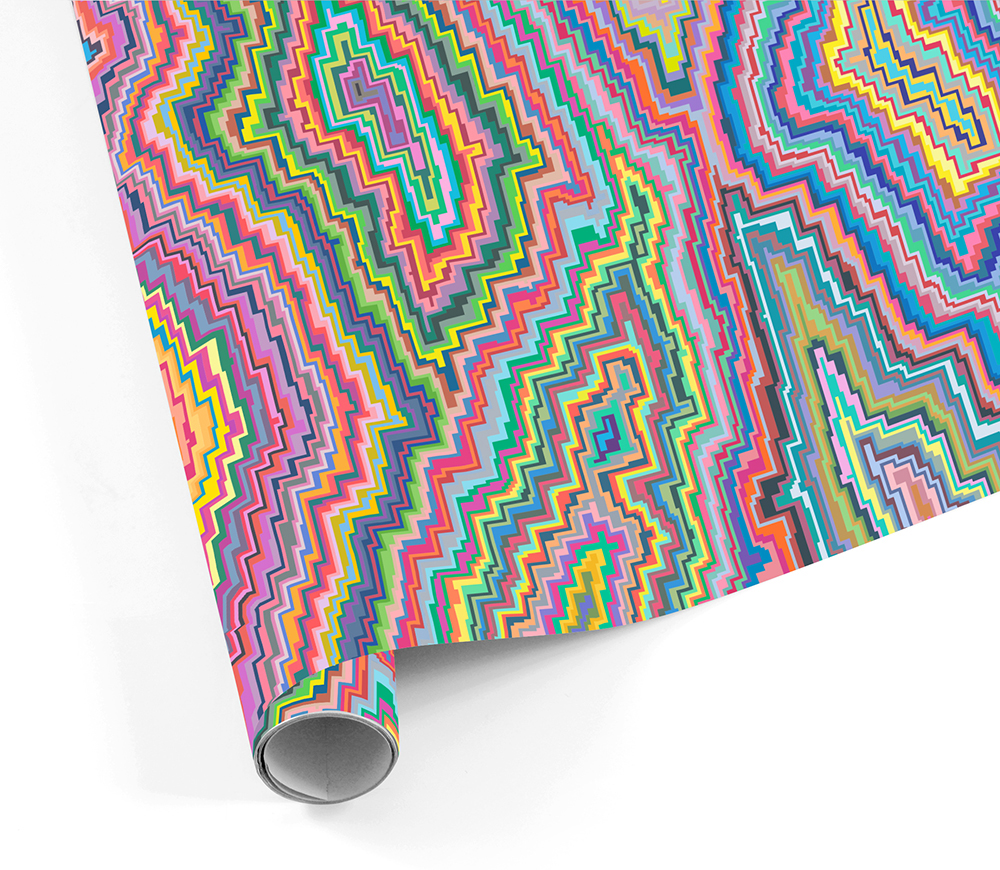
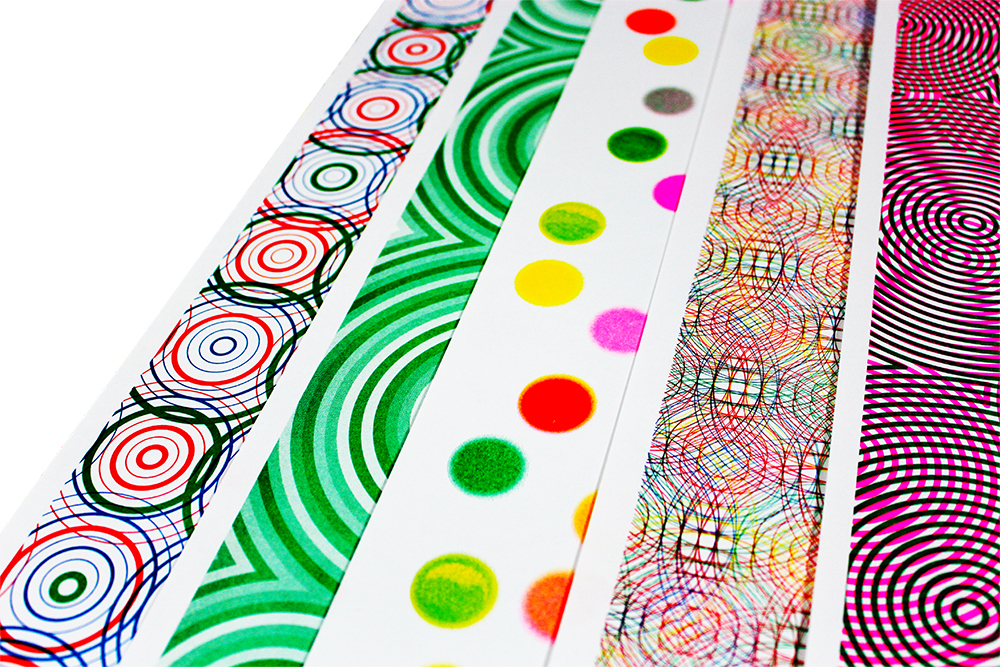
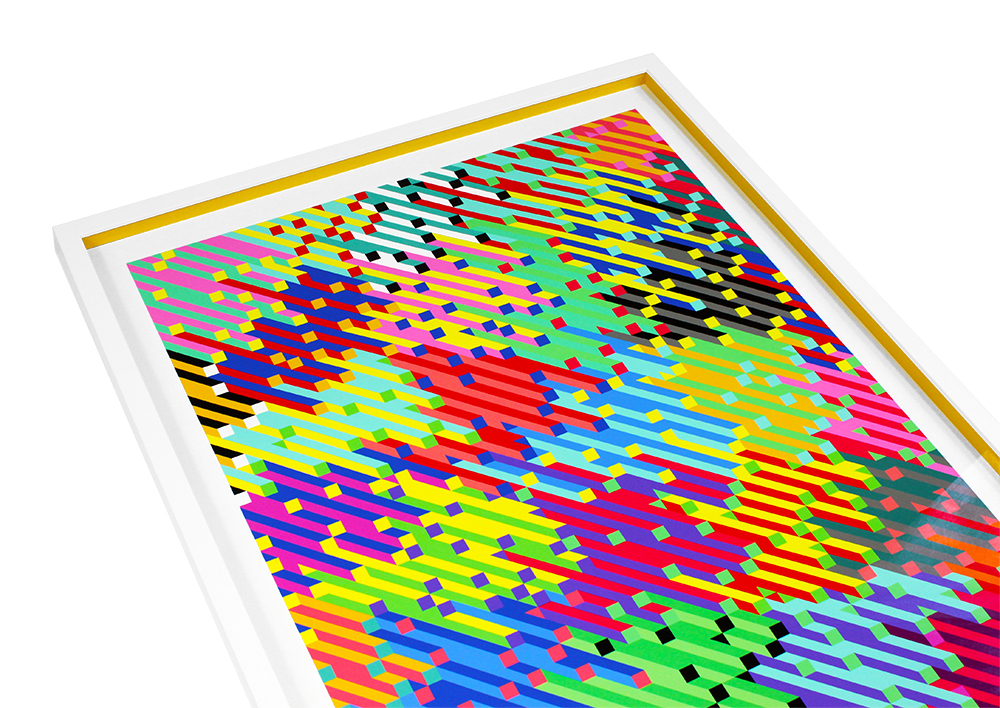
Narkii:
您的作品特点就是具有明亮鲜艳的颜色和大胆的图案——您对色彩和图案的信心来自哪呢?
Your work features bright colors and bold patterns – where is your confidence with color and pattern come from?
William:
我之所喜欢做带有明亮色彩和大胆图案的设计,是因为它们让我感到激动。我喜欢做有力量的设计,不害怕使用和普通规范不同的颜色。
I like making designs that have bright colors and bold patterns because it excites me. I like making bold powerful design and I’m not scared of using color that is different from the sometimes-dull norm.
Narkii:
您创作一个图案的过程是什么样的呢?
What’s the process you go through to create a pattern?
William:
有时我是从见过的形状或配色入手。然后我开始进行手绘,接着把手绘稿数字化来创作最后的作品。利用网格并遵循一套规则,保持手绘表达的丰富感,同时保留清晰的线条。我的设计主要专注于明亮的色块上,具有叠加效果,包括两到三种色调,这样能确保它们大胆、有几何感,色彩多样。
Sometimes it starts with a shape or color palette I’ve seen. I’ll then start with hand drawings, which are then digitalised to create the final artwork. Utilising grids and working to a set of rules keeps the richness of the hand-drawn expressive feel, while retaining clean sharp lines. The designs mainly focus on bright blocks of color with over-lapping effects and consist of mainly two or three hues, which ensures they are bold, geometric and colorful.
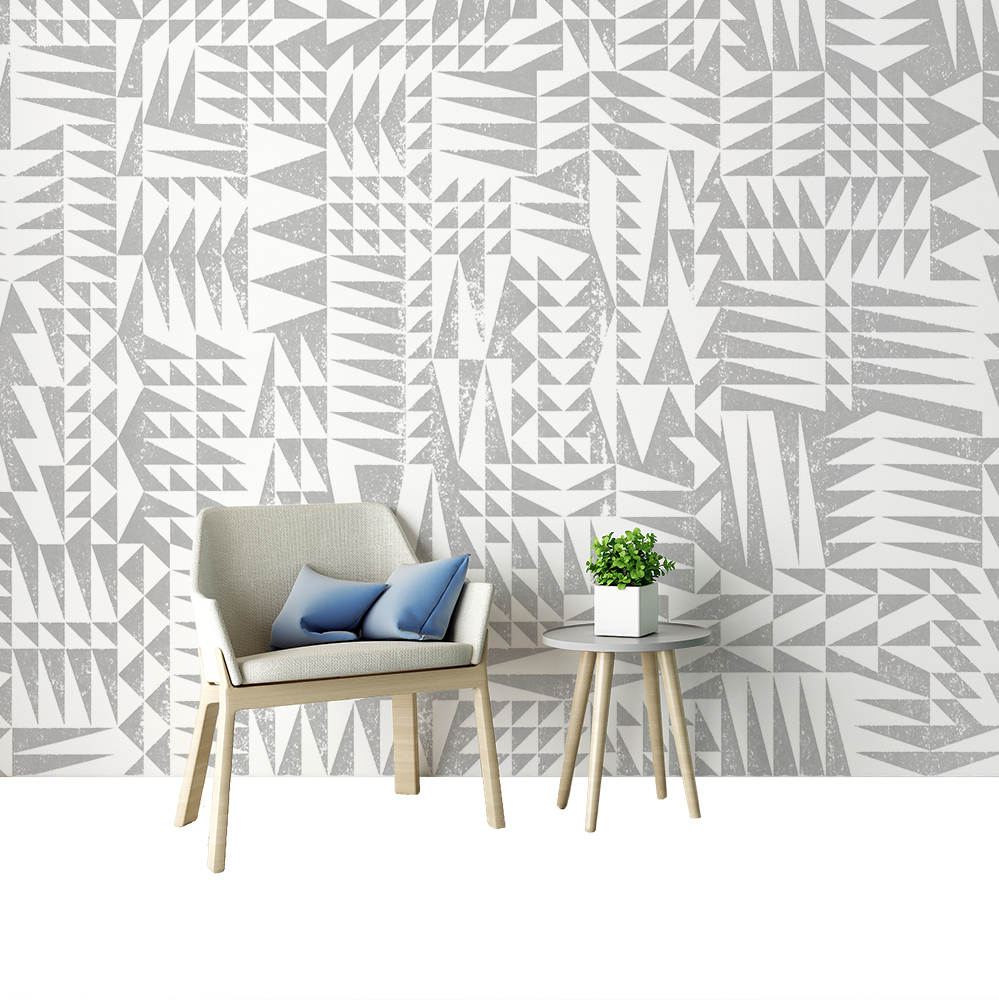
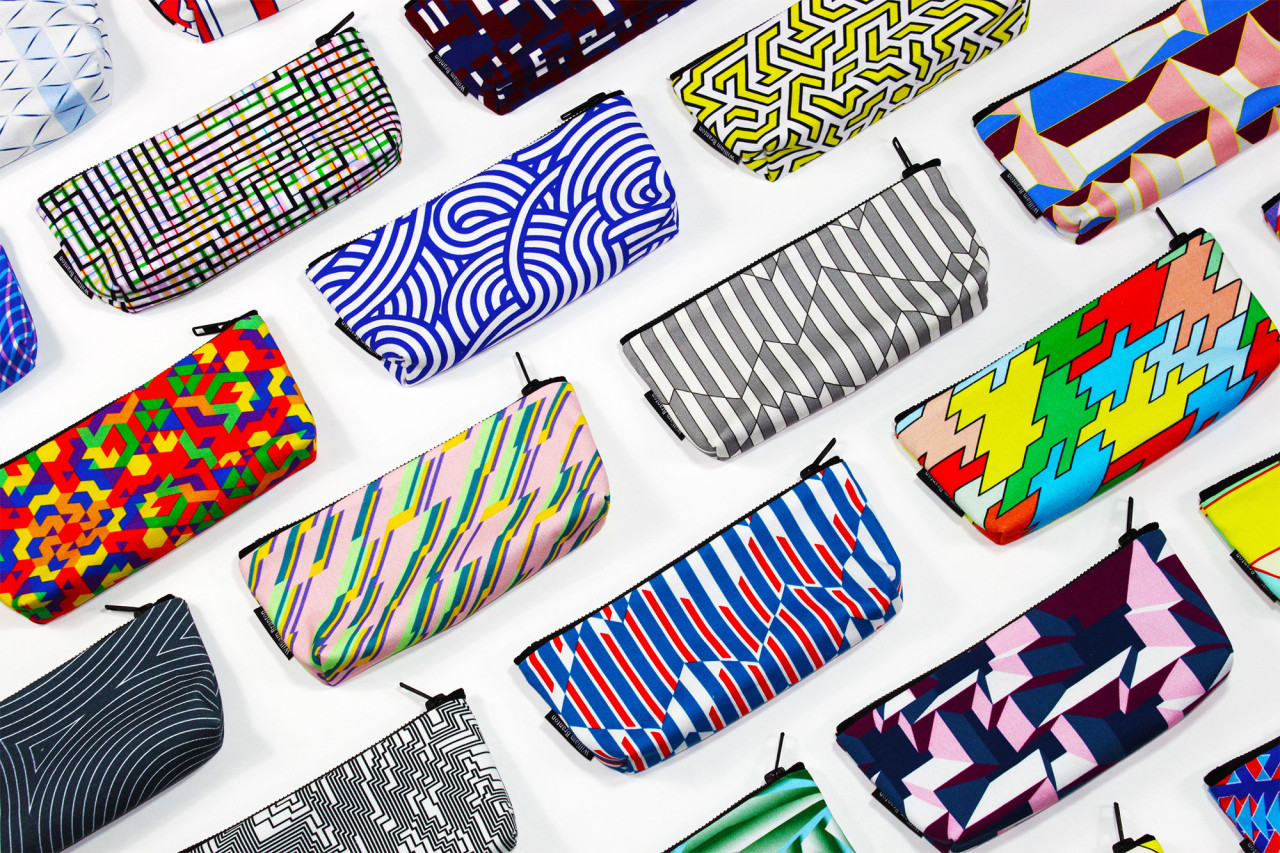
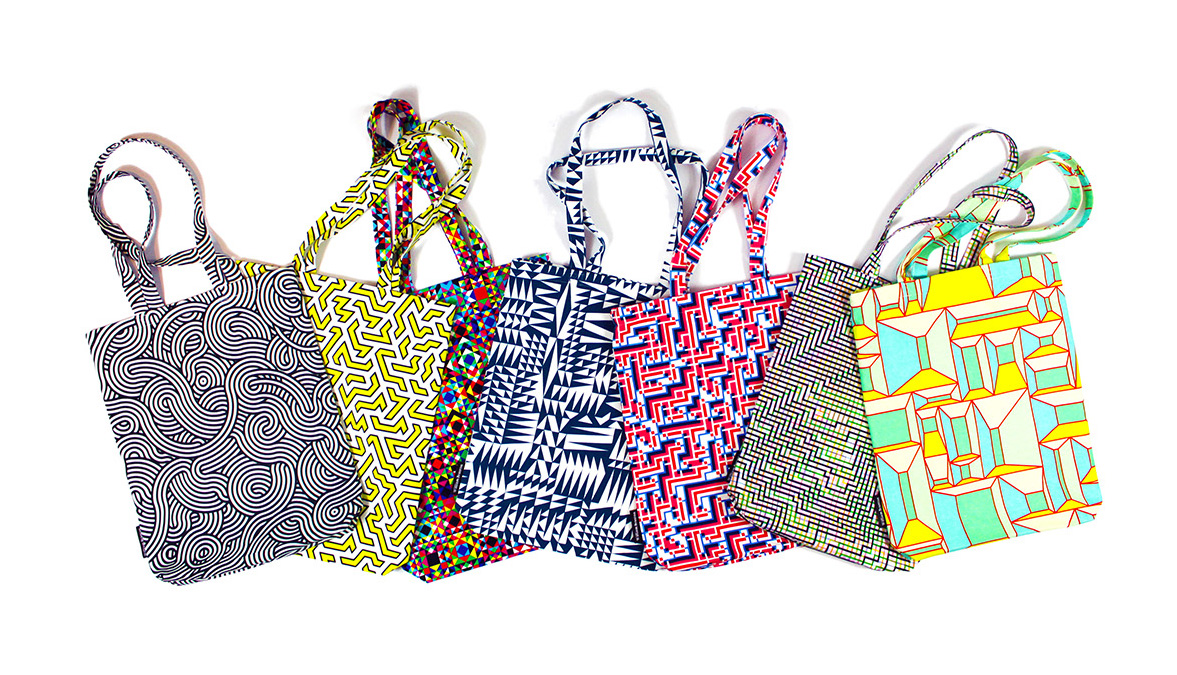
Narkii:
您的产品是如何制作出来的?
How are your products made?
William:
目前都是在英国设计、印刷和制作——设计的图案被应用到各种高质量的产品上,我是在比我懂面料和软装饰的家人的帮助下慢慢发展起来的。在为不同的产品做正确的设计上,我们花了一些时间,从草图开始,接着在我厉害的裁缝妈妈的帮助下,我们做出了一系列软装饰家具!我们计划着继续和其他打印商、制造商开发这个产品系列。我做所有的印刷品和纺织品的目的,都是为了让人开心,用充满生气的品质让人们的生活更加美好。
At the moment they are designed, printed and made in England – My patterns are applied to high quality products, which I started developing with the help of family members who have a better understanding of fabrics and soft furnishings than I do. It took some development to get the designs right for the various products, as we started out from scratch, but with the help on my brilliant seamstress of a mother, we managed to develop a range of soft furnishings! We plan to continue making and developing the product range with other printers and manufactures. The objective of all my prints and textiles is to excite and enhance people’s lives with their vibrant qualities.
Narkii:
您有创意的日常例程吗?您的工作间是什么样子的?
Do you have a creative routine?
William:
并没有,但我发现在旅途中我能想出最好的设计点子,所以我总是带着一本写生簿,以便我需要记录想法和设计。关于我的工作间,我喜欢保持整洁,但每次我同时进行多个项目,最后它会变乱。
I don’t really have a creative routine as such, but I find I get the best design ideas on the go as I travel around, so I always keep a sketchbook on me, just in case I need to document ideas and designs. About my workspace, I prefer being tidy but I always end up being a bit chaotic with the various projects I’m working on!
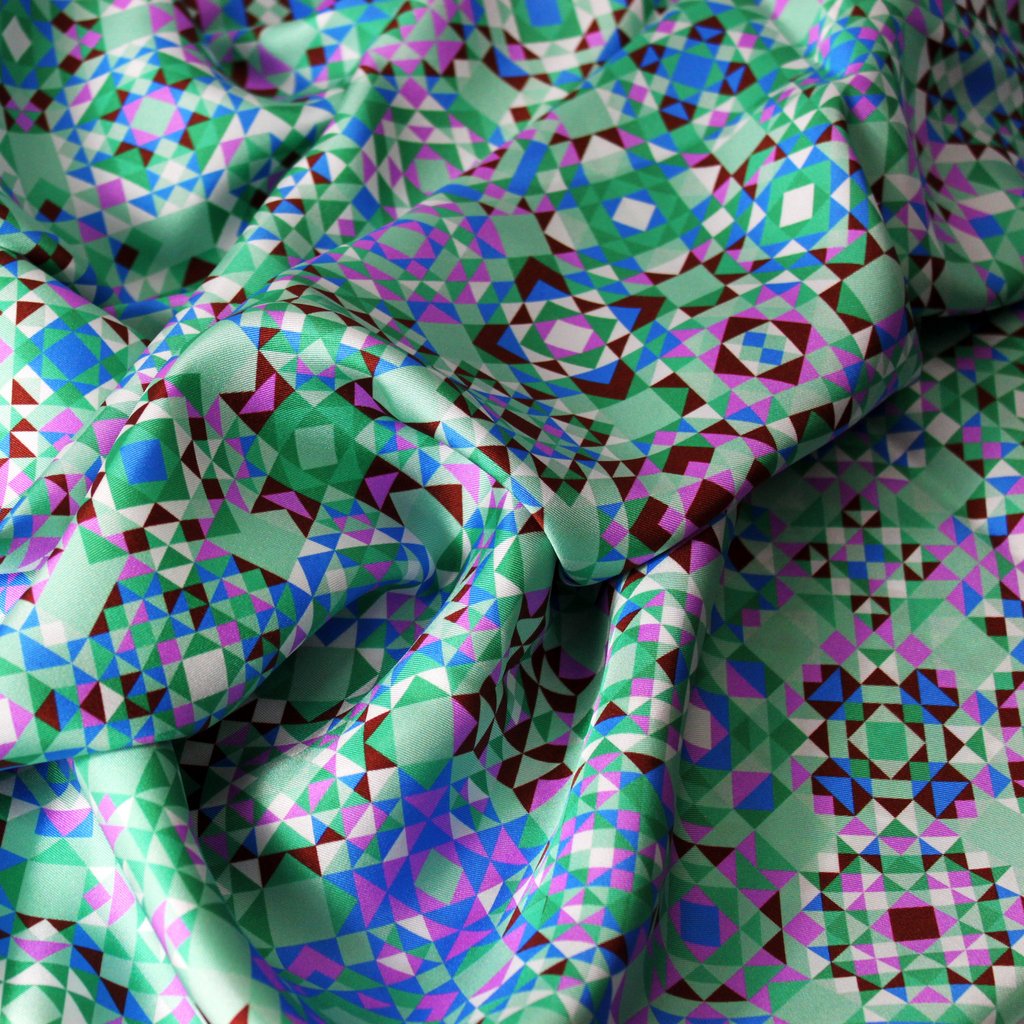
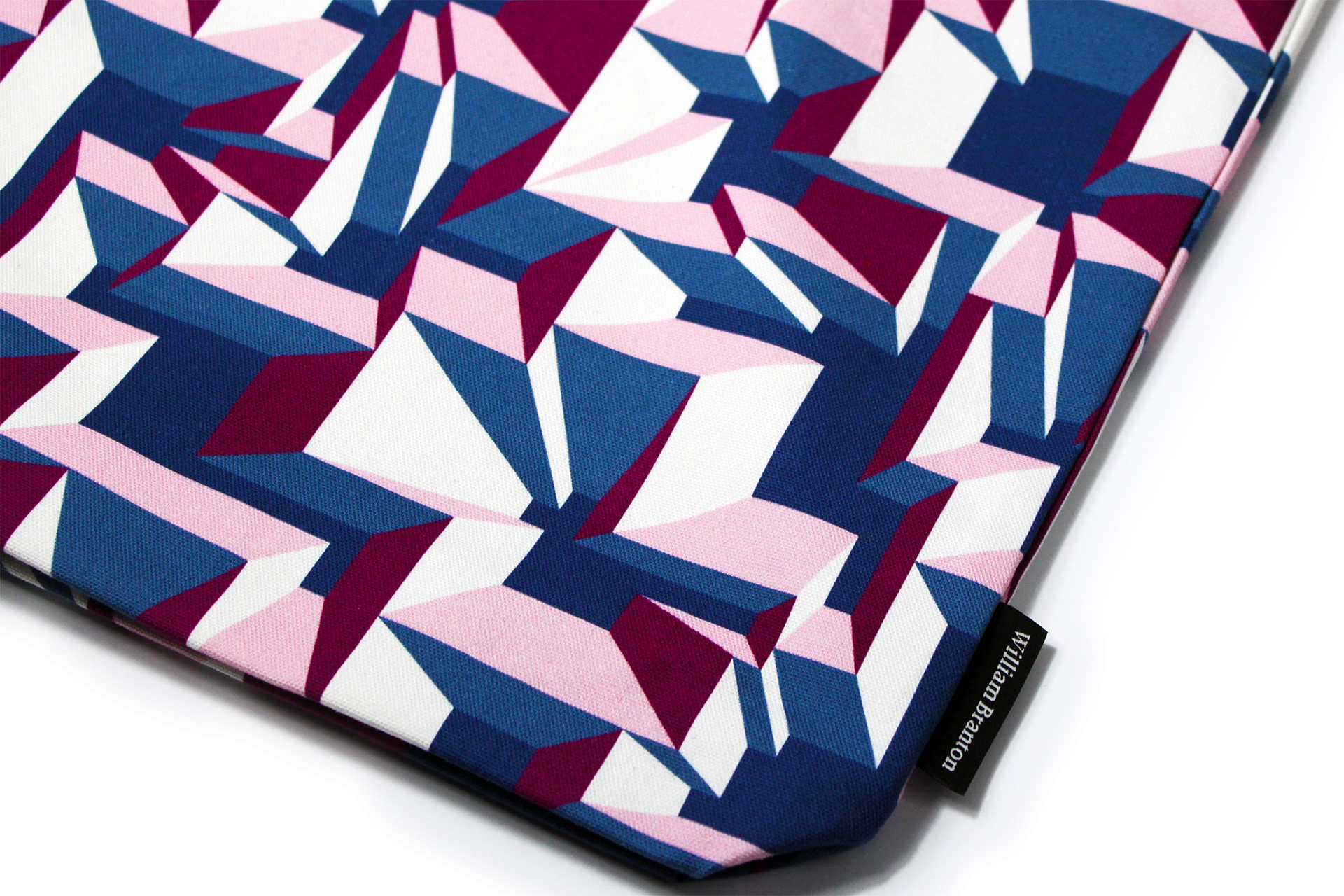
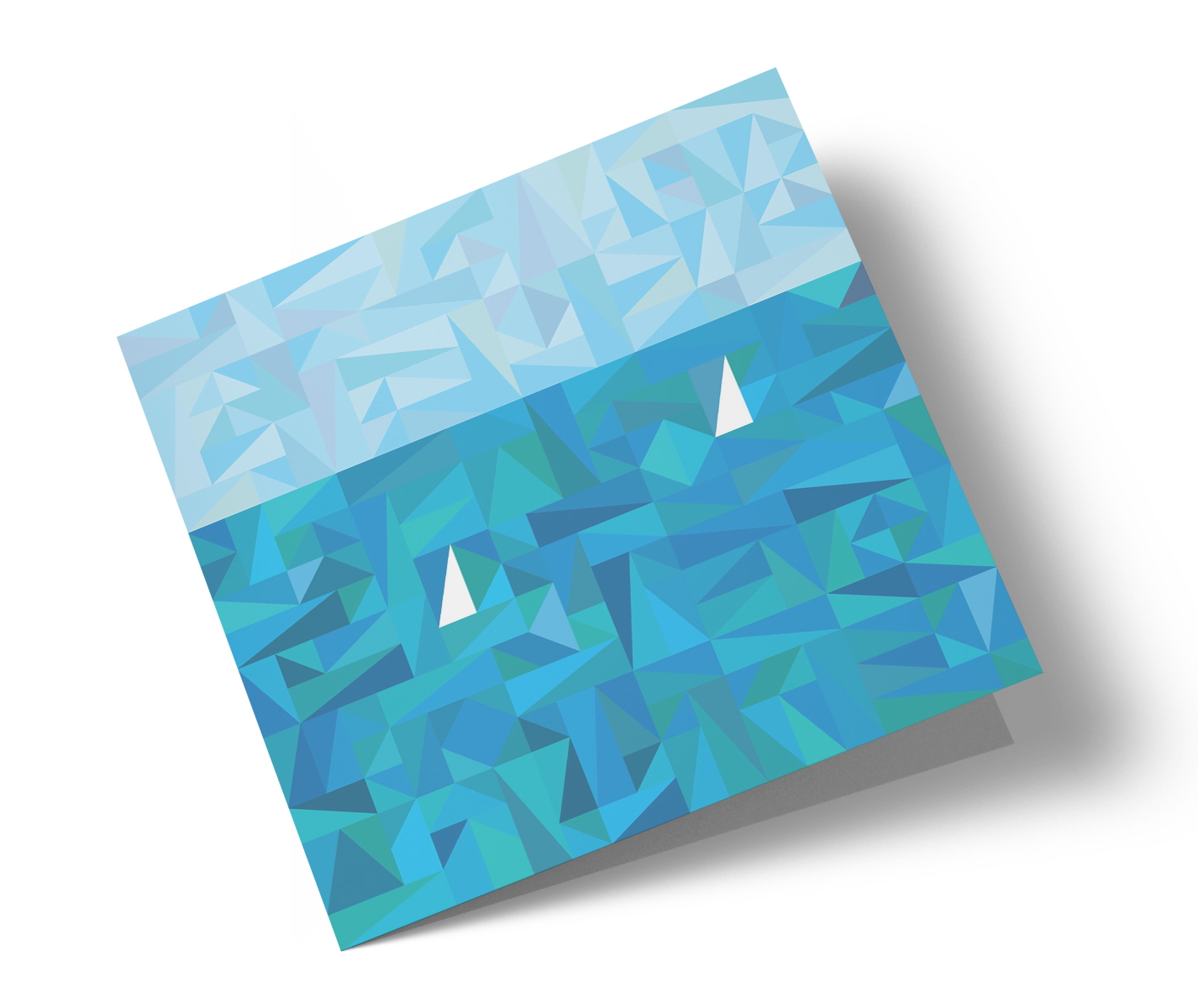
Narkii:
您最想要什么样的合作呢?
What’s your dream collaboration?
William:
我想和耐克或谷歌这样具有广泛曝光度的大品牌合作。此外,与像Paul Smith这样有着完全不同技能的著名设计师合作可能会碰撞出一些非常有趣的东西。如果William Morris 还在,那将会是非常棒的合作!
I would love to work with a big brand like Nike or Google, who have massive exposure. Additionally, collaborating with a famous designer like Paul Smith who has a complete different set of skills could produce something really interesting. If William Morris was still around, that would be an awesome collaboration!